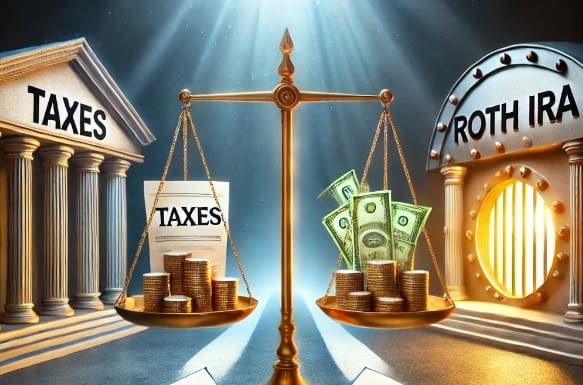Posts by Fly High Investing
Dividend Growth vs. High Yield: Which Strategy Wins?
When it comes to dividend investing, the debate today is usually between Dividend Growth and High Yield strategies which often sparks discussion among seasoned investors. Dividend Growth focuses on companies that gradually increase their payouts over time, but these increases usually start from a relatively low base. In contrast, High Yield strategies target companies offering…
Read MoreTax implications of dividends from Regulated Investment Companies (RICs)
Understanding the tax implications of dividends from Regulated Investment Companies (RICs), such as Real Estate Investment Trusts (REITs) and Business Development Companies (BDCs), is crucial for investors, particularly because these dividends are typically classified as non-qualified. Unlike qualified dividends, which benefit from lower long-term capital gains tax rates, non-qualified dividends are taxed as ordinary income,…
Read MoreEffects of Leverage on Dividend Stability in Income-Paying Companies
Leverage has a significant impact on the dividend stability of Regulated Investment Companies (RICs), such as Real Estate Investment Trusts (REITs) and Business Development Companies (BDCs), which are required by law to distribute at least 90% of their taxable income as dividends to shareholders. This obligation creates both opportunities and challenges in maintaining dividend stability,…
Read MoreInterest Rate Sensitivity Affects High-Yield Dividend Securities
Interest rate sensitivity significantly impacts the performance of high-yield dividend securities, including Real Estate Investment Trusts (REITs) and Business Development Companies (BDCs). When interest rates rise, these companies often face increased borrowing costs, which can reduce their profitability and ability to maintain dividend payouts. As a result, investors might shift their focus to bonds and…
Read MoreImpact of Asset Quality on Dividend-Paying Entities
In the context of REITs and BDCs, high-quality assets are those that consistently generate stable cash flow, have a low risk of vacancy or default, and are located in prime, economically resilient areas. The quality of these underlying assets directly influences the entity’s ability to generate consistent income, which is the foundation of stable dividend…
Read MoreThe Importance of Cash Flow Analysis in Dividend-Paying Investment Structures
Cash flow analysis is a critical component in evaluating dividend-paying investment structures, as it provides insights into a company’s ability to sustain and grow its dividend payments over time. For investors focused on income generation, understanding the cash flow of a company is essential, as dividends are paid out of cash flows, not earnings. A…
Read MoreWhy Dividend Yield Alone Isn’t Enough
When evaluating dividend stocks, many investors are drawn to the allure of a high dividend yield. However, focusing solely on yield can be a dangerous strategy. A high yield might seem attractive on the surface, but it could be a sign of underlying issues, such as a declining stock price or a company struggling to…
Read MoreUnderstanding Dividend Payout Ratios
Understanding dividend payout ratios is especially important when investing in Regulated Investment Companies (RICs), such as REITs and BDCs. RICs are required by law to distribute the majority of their taxable income to shareholders as dividends, which makes their payout ratios a critical factor in assessing their financial health and long-term sustainability. The typical…
Read MoreThe Power of Monthly Dividend Stocks
When it comes to consistent income generation, few strategies can match the power of monthly dividend stocks. Unlike traditional quarterly dividend stocks, monthly dividend stocks provide investors with regular cash flow, making them an ideal choice for those looking to supplement their income or especially when you reinvest those dividends for compounded growth more frequently.…
Read MoreDividend ETFs vs. Individual Stocks: Which Is Better?
When it comes to building a dividend portfolio, the choice between Dividend ETFs and Individual Stocks often boils down to control versus convenience. Dividend ETFs offer the convenience of instant diversification, spreading your investment across multiple dividend-paying companies, which can reduce risk. However, they often come with management fees and less flexibility, as you’re at…
Read More









